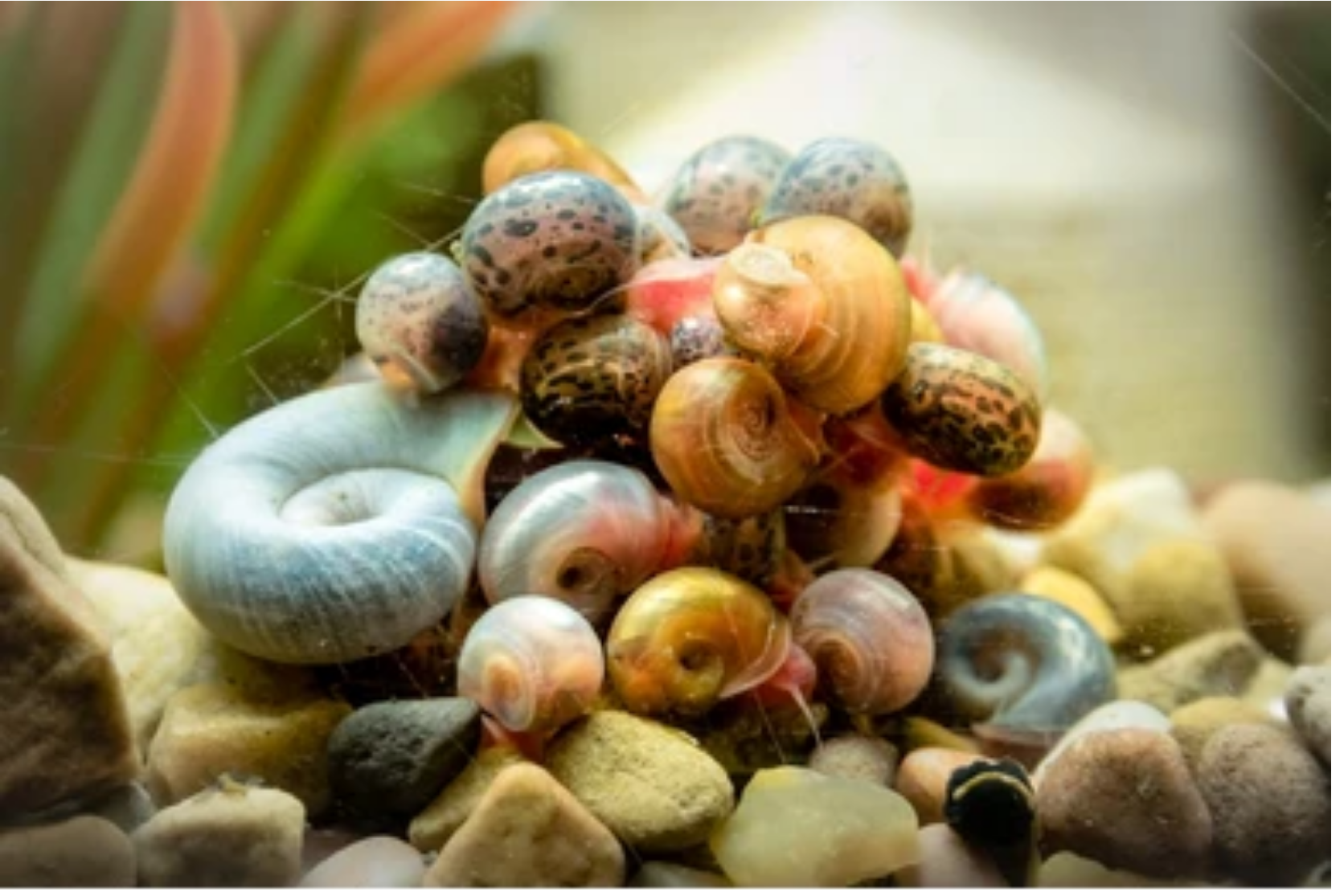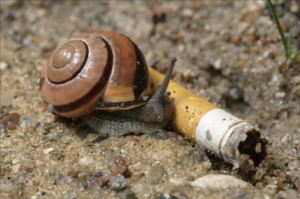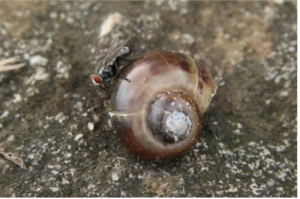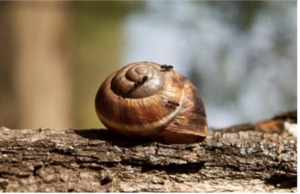When it comes to the intricate ecosystems of aquariums and tanks, understanding the factors contributing to the bioload is crucial for maintaining a healthy environment. Among the various elements that can impact bioload, the role of snails has sparked debates. Do snails increase bioload, and what implications does their presence have on the overall balance of your aquatic habitat?
Snails increase bioload by producing waste and respiring but can benefit your tank by cleaning algae and waste food. They eat large amounts of energy-poor food and secrete undigested portions as poop. To make them beneficial, carefully manage their numbers and species for a balanced ecosystem.
In this article, I will explore the delicate balance between the benefits of snails and their contribution to the bioload in your tank. I will take a closer look at how snails both increase and reduce bioload. And don’t worry; I’ll also provide you with some essential tips to help ensure that the advantages of having snails in your tank outweigh their bioload contribution.
How Snails Affect Bioload
Let’s talk about how snails affect bioload in your tank. Like any other animal in your tank, snails contribute to bio load because they feed and excrete. This process consumes oxygen, and other organisms in the tank feed on the excretions to produce basic nitrogen elements like ammonia.
However, compared to other tank inhabitants, the contribution of snails to bioload is relatively small.
This is because of the following factors:
- They are less active.
- They eat less.
- They respire less.
These factors thus result in fewer secretions.
Despite this, snails do an excellent job of cleaning your tank. Thus, they can be a great addition to maintaining a balanced ecosystem.
However, to achieve this, there are several considerations you need to make.
How Much Bioload Do Snails Contribute?
The bioload of a snail is influenced by its species and size. To give you an idea of what to expect, here are some estimated bioloads for common snail species.
Mystery Snails
Mystery snails are a highly sought-after species among aquarists, primarily because they do not feed on plants, unlike many of their counterparts.
Snail species that tend to consume plants are typically considered pests and undesired of upkeep. In addition, mystery snails are efficient at eliminating algae from the walls of aquariums. These snails are legally allowed to be kept and come in various colors.
However, due to their potential to grow up to 2 inches (51 mm), they are unsuitable for small aquariums under 15 gallons (57 liters). This is because they tend to eat a lot, producing excessive bioload in smaller setups.
It is important to note that the type of food provided to mystery snails is also a crucial factor to consider. Mystery snails tend to be a bit gluttonous, and overfeeding them can increase bioload.
Additionally, the bioload is impacted by the size of the mystery snail. With every mature snail added to the tank, a 5% increase in bioload can be expected if they are heavily fed.
As such, it is recommended to keep less than 5 mystery snails in tanks less than 50 gallons (189 liters), especially if the tank is shared with other inhabitants or fish and is not heavily planted.
Although mystery snails are highly effective at eliminating algae, they should not be the primary option for small and congested tanks. Rather, they are better suited for larger aquariums where they can efficiently manage algae growth without causing an excessive bio load.
Nerite Snails
Nerite snails are a highly popular species among freshwater aquarium enthusiasts. They are known for their remarkable ability to clean up algae in tanks, making them a highly sought-after addition to aquariums.
While they may not clear the entire batch of algae, a group of approximately 5 of these snails is highly effective in keeping tanks clean.
One of the unique features of nerite snails is their inability to reproduce in freshwater tanks, as they require brackish water to reproduce. This ensures that aquarists need not worry about them depleting the food source for other inhabitants in the tank.
On average, nerite snails of any species will grow to a size of one inch (25 mm). These snails are highly active eaters, which means that they have the potential to significantly increase the bio load of your tank.
It is important to note that a single adult nerite snail can raise the bioload of your tank by up to 3%. However, their exceptional algae-eating abilities work to counter this potential increase in bioload.
Additionally, they are highly effective in consuming food remains, thereby preventing their decomposition and the release of ammonia in the tank.
If you’re curious about whether snails can survive in high ammonia levels, you should read the following article for a detailed explanation.
Watch Aquatics expert Tom Sarac’s in-depth overview of the popular aquarium invertebrate, the Nerite Snail, which covers their origins, patterns, algae-eating abilities, care requirements, and adaptability to different aquatic environments.
The Assassin Snail
The popularity of the assassin snail among aquarists cannot be ignored.
This snail species can eliminate pest snails from tanks, even resorting to cannibalism when hunger sets in. As a result of their predatory nature, a significant reduction in the population of pest snails in your tank can be observed within a few weeks of introducing the assassin snail.
Moreover, this snail species contributes little to the bioload of your tank. By preying on pest snails that diminish the volume of plants in your tank, assassin snails help to reduce the bioload of the tank.
In addition, they scavenge on food remains on the tank floor, which further lowers the bioload of the tank after they have cleared out the pest snails.
Although assassin snails reproduce in freshwater tanks, their reproductive rate is low. They also stop reproducing when food reserves in the tank dwindle. If their population becomes too large, several can be given to other aquarists struggling with pest snails.
However, remember that an unchecked assassin snail population can negatively disrupt the bioload balance.
This is because of various reasons:
- They are not proficient in eating algae.
- Their predatory behavior can lead to the elimination of snails that consume algae.
Therefore, it’s recommended to maintain a population of less than five assassin snails at any given moment unless you have a severe pest snail problem.
Amano Shrimp
While not a snail, the Amano Shrimp is a valuable addition to any tank with snails. These shrimp are known for their exceptional ability to clean algae, surpassing that of snails.
Combining two Amano shrimp with five nerite or mystery species snails can guarantee a spotless tank.
Amano Shrimp are particularly useful in planted tanks where algae growth can become problematic.
Additionally, Amano Shrimp are known for their hardiness and adaptability, making them suitable for beginner and experienced aquarists.
Conclusion
Introducing snails into your tank will increase the bioload, which can impact the overall health of your aquatic environment.
To ensure the bioload remains manageable:
- Maintain a small snail population of about 5.
- Consider the size, population, and diversity of your tank.
When introducing assassin snails, monitor them closely. Their cannibalistic nature can easily wipe out all other snail species in your tank.
Thorough research on the compatibility of snail species with other aquatic animals is also crucial to maintaining a healthy and balanced tank environment.
Frequently Asked Questions
Do mystery snails have a high bioload?
Mystery snails can contribute to a moderate bioload, especially when actively feeding and producing waste. For example, having two mystery snails in a 46-gallon tank, along with their constant eating and subsequent waste production, may increase the overall bioload.
Are mystery snails prolific breeders?
Mystery snails can be prolific breeders, laying clusters of eggs above the waterline. If not controlled, these eggs can lead to a large population of snails. Managing their breeding involves removing and disposing of the egg clusters to prevent excessive snails.
Is it bad to have too many snails in a tank?
Having too many snails in a tank can have negative effects. They can contribute to an imbalance in the aquarium ecosystem by overconsuming algae, plants, and detritus. Additionally, an excessive snail population can lead to issues with water quality and create an unsightly appearance in the tank.
How many snails do I need to clean my tank?
A general guideline is to have one snail per gallon for smaller snails and two snails per five gallons for larger snails. This provides them enough space to move and helps prevent overcrowding, ensuring a healthier tank ecosystem. Adjust the number based on your specific tank size and the specific needs of the snail species you choose.
Can a single snail multiply?
Snails can produce sperm and eggs, allowing them the option of self-fertilization. However, self-fertilized offspring have reduced survival rates compared to those resulting from mating with another snail. While snails can reproduce on their own, the survival of their offspring is compromised when they choose self-fertilization over finding a mate.
Sources
- Forums – C.A.R.E. – Aquarium Co-Op: Bioload of Mystery Snails?
- Quora: Is There Any Benefit to Having Snails in a Fish Tank?
- Quora: Will Mystery Snails Eat Aquarium Plants?
- Tropical Fish Forums: Assassin Snail Bioload?
- wikiHow: How to Care for Mystery Snails
- European Environment Agency: Brackish Water
- AZ Animals: Assassin Snail



